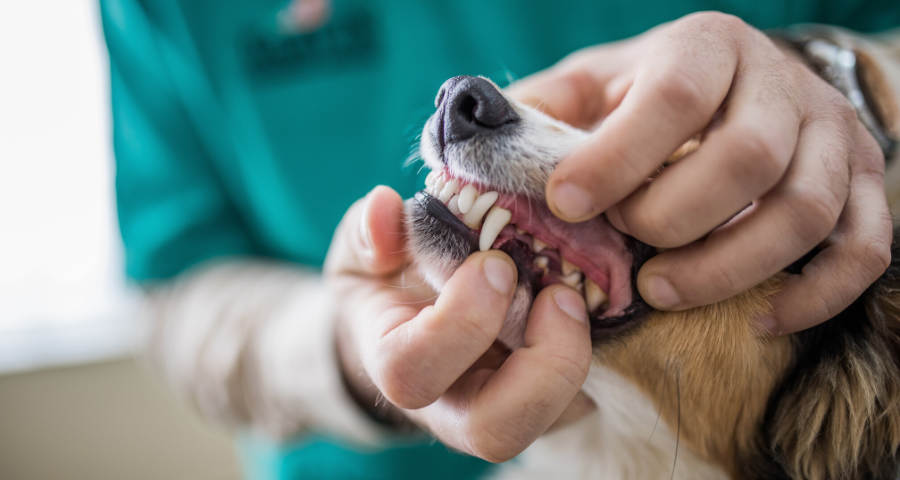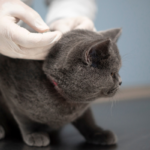Veterinarians frequently recommend pet “dentals”, but what does this procedure actually involve? Read on as we explain more about what happens during a dental procedure, and how we can help keep your pet’s pearly whites clean and healthy!
Anaesthesia
For a thorough dental treatment, we recommend that animals have a general anaesthetic for their comfort and safety. This allows us to properly clean several millimetres below the gum line, a place where bacteria-filled plaque can hide.
Additionally, a general anaesthetic means that your pet is not stressed or feeling any discomfort or pain during the procedure. They’ll receive a pre-anaesthetic sedation or ‘pre-med’, which includes some relaxing pain-relief medication to ready them for a comfortable little snooze!
Periodontal probing and charting
The first step of a dental procedure is to probe around your pet’s teeth with a special measuring instrument. Unusually deep gum pockets around your pet’s tooth roots suggest periodontal disease – which means there is permanent inflammation and damage.
These findings, along with any other notable changes – such as missing or damaged teeth, will be noted on your pet’s dental chart, allowing us to record any symptoms of dental disease.
X-rays
If the initial examination reveals any obvious abnormalities in your pet’s mouth, dental x-rays may be recommended. Just like when we x-ray an injured leg, it’s important that we look below the surface to properly diagnose the issue!
Dental x-rays help us find ‘hidden’ problems such as dental abscesses, resorptive lesions (similar to cavities) and jaw bone changes, such as those involved with tumours.
Scaling and polishing
Your pet’s teeth will then be given a thorough clean by ultrasonic scaling to remove any plaque and hard tartar deposits. After this, the teeth will be polished with an electric polishing device and a very fine gritty paste – this smooths the outer enamel layer to slow the reformation of plaque.
Extractions
If our examination reveals any significant tooth damage which is painful or will cause issues, and cannot be repaired, we will recommend that the tooth be extracted.
If teeth are already loose, they are removed using fine instruments to carefully sever any remaining attachments. If teeth are still firmly fixed (e.g. broken teeth), they may require a surgical extraction. This involves using a special dental drill to section multi-rooted teeth into pieces, and carefully remove small amounts of surrounding bone. In the case of large extractions, the extraction site will be carefully stitched closed afterwards, with dissolving stitches.
Pets undergoing extractions generally receive ‘local anaesthetic’ injections or nerve blocks – these are numbing injections administered into certain locations in the mouth to block sensation for several hours, preventing any pain. Depending on their particular procedure, your pet will also be sent home with 1-5 days of additional pain relief, which helps to ensure that they experience minimal discomfort during the healing process.
As you can see, each dental procedure involves a thorough assessment and treatment of any dental issues. This helps to ensure that your pet’s mouth remains comfortable and healthy, helping to maintain their overall wellbeing and quality of life!






